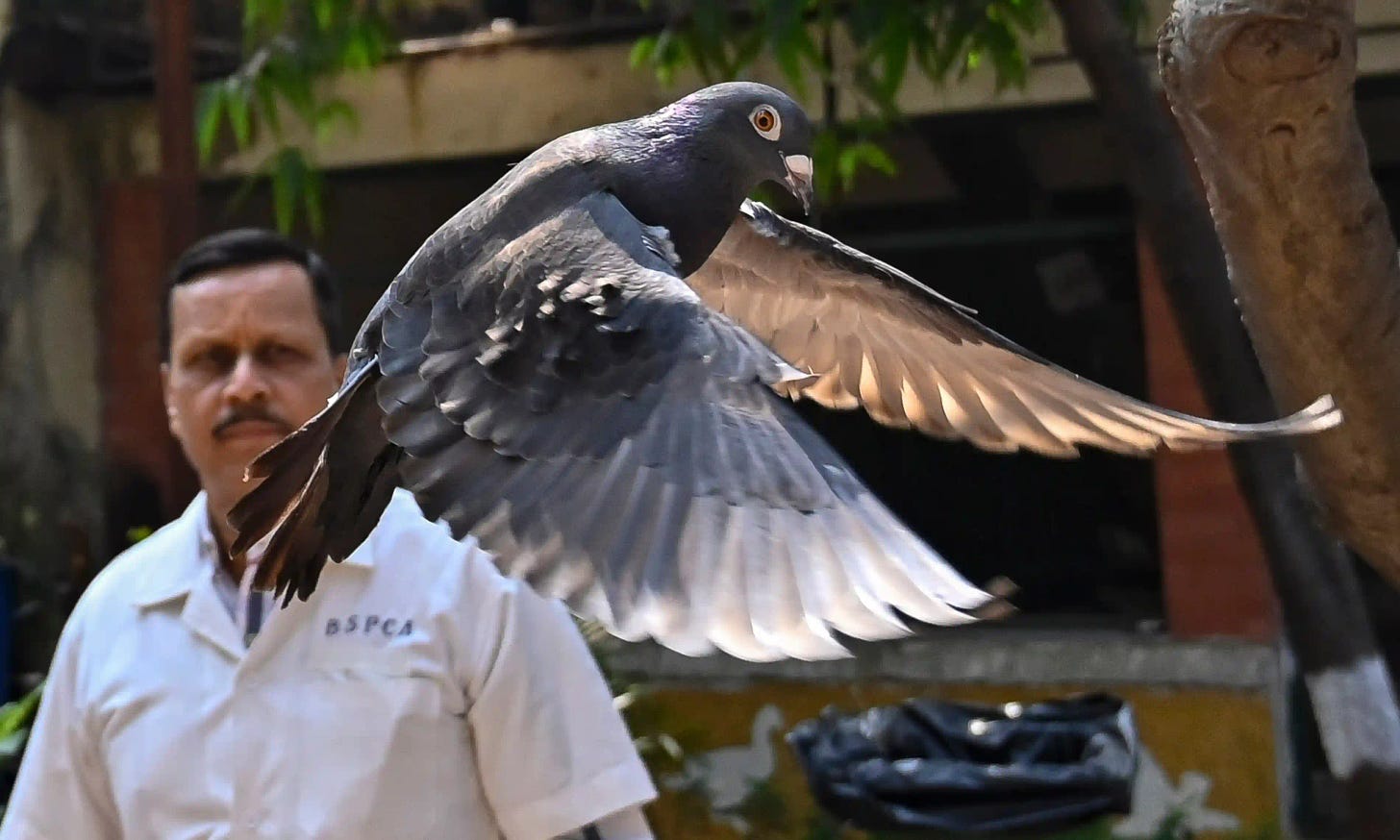
Animals have, at times, been given the same dismissively nasty treatment humans love giving themselves. Be it detention, torture, trial, and execution, the unwitting creatures can be found in the oddest situations, anthropomorphised with all the characteristics of will, thought and intention. By way of ghastly example, the Norman city of Falaise hosted the execution of a pig in 1386 for having “indulged in the evil propensity of eating infants on the streets,” and sentenced to maiming in the heat and forelegs prior to hanging.
A field where such a matter has, and continues to crop up, is espionage. Espionage, that very human, unsavoury and often dangerous endeavour, has seen a number of animals enlisted in the cause. Unasked and no doubt unbriefed, various species have been thrown into wars, conflicts and disagreements, all the cause of humankind, to provide advantage or gain for one party or another.
We know of such programs as the Central Intelligence Agency’s “Project Acoustic Kitty,” which ran for five years in the 1960s and cost $20 million without much to show for it. The feline android-hybrid, which possessed an antenna under its fur and mic in its ear, failed to perform. Acoustic Kitty, on being driven to a designated park with the task of capturing the conversation of two men on a bench, proceeded to wander into the street, where it was promptly crushed by a taxi. “Our final examination of trained cats,” concludes a CIA memo on the subject, “convinced us that the program would not lend itself in a practical sense to our highly specialized needs.”
Of all the animals featured in the intelligence inventory, one stands out. The pigeon featured heavily in both World Wars, an inconspicuous, small creature ideal in performing various tasks. Messages can be delivered surreptitiously in conditions of disrupted communications. Pictures and images can be taken by cameras affixed to the bird, unbeknownst to human agents on the ground. “Of the hundreds of thousands of carrier pigeons sent through enemy fire, 95% completed their missions,” the International Spy Museum informs us. “Pigeons continued brave service worldwide through the 1950s, earning more medals of honor than any other animal.”
Most recently, the pigeon as spy agent featured again. Reports on the bird in question imputed a degree of sentience and awareness nothing less than human. The humans in question, though, seemed positively cloddish. It began in May, when the bird was captured near a port in Mumbai. Its legs sported two rings, carrying a chip and supposedly cursive Chinese writing. Must be a case of espionage, thought the local police. A spell of detention followed, largely spent with the Bombay Society for the Prevention of Cruelty to Animals.
As things transpired, suspicions of espionage proved unfounded. The three-month investigation found that the bird had escaped from Taiwan, where it had performed as an open-water racer. The activist organisation PETA (People for the Ethical Treatment of Animals) was outraged, as well it should have been. “A pigeon who was detained in a veterinary hospital in India for eight months on suspicion of being used for spying is flying free once more, thanks to help from PETA India.”
It would have been difficult keeping a straight face on hearing the following from PETA India’s Meet Ashar. “PETA India handles 1,000 calls a week of animal emergencies, but this was our first case of a suspected spy who needed to be freed of wrongful imprisonment.”
Despite this finding, a fellow of the Taiwan-Asia Exchange Foundation, Sana Hashmi, thought a serious reflection was in order. “This episode underscores India’s increased efforts to counter Chinese espionage attempts. This suspicion extends to the point where even birds, reminiscent of past experiences with bird spies involving Pakistan, are perceived as potential tools of Chinese espionage.”
The subcontinental obsession with pigeon espionage is an enduring one. In October 2016, we find the Pakistani paper, The Frontier Star, reporting that three people were apprehended that month at Vikram chowk in Jammu city in Indian-occupied Jammu and Kashmir. Why? They were found carrying some 150 pigeons kept in banana boxes.
Accusations of animal cruelty followed. The birds were then transferred to an NGO Save Animals Value Environment (SAVE), whose chairman, Rumpy Madan, took a deep interest into why some of the pigeons had special magnetic rings attached to them. The matter was then taken to the intelligence agencies, where intelligence seemed in short supply. “We have been told,” stated Madan at the time, “that it is a case of apprehended danger.” These birds, she went on to say, “can be easily trained for spying or messaging purposes and they have a unique quality of returning to its trainer even after covering huge distances.”
With such heaped-upon praise, and clumsy reasoning—is the pigeon really spying if ignorant of it?—we should hardly be surprised about absurd reports that same month of a grey pigeon being “arrested” by India’s border security force (BSF) in Indian Punjab. The feathered intruder was duly accused for allegedly spying for Pakistan. It had in its possession, allegedly, a small letter in Urdu with a threatening message to Indian Prime Minister Narendra Modi: “Modi, we’re not the same people from 1971. Now each and every child is ready to fight against India.” The pigeon was duly punished: its wings were clipped to prevent it returning.



